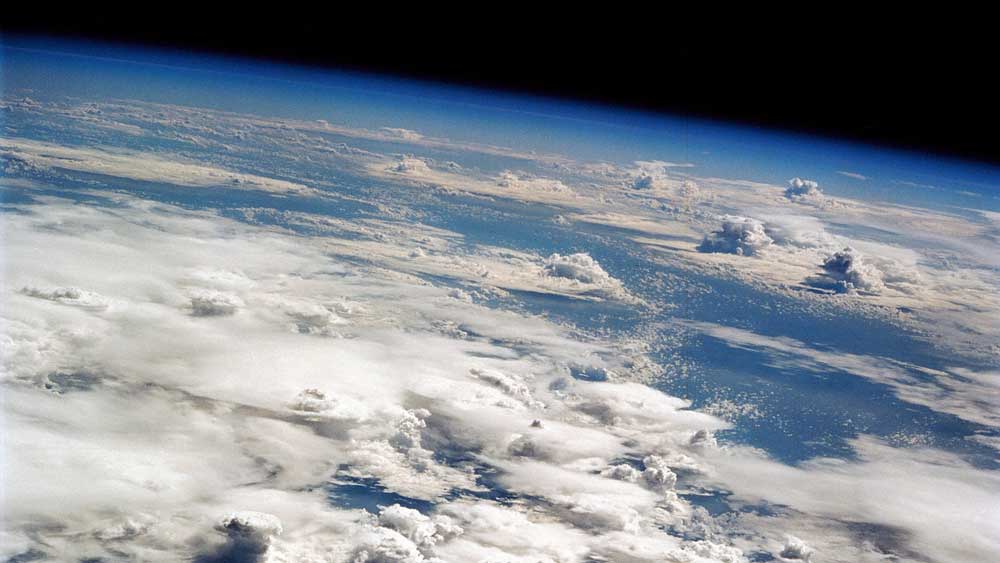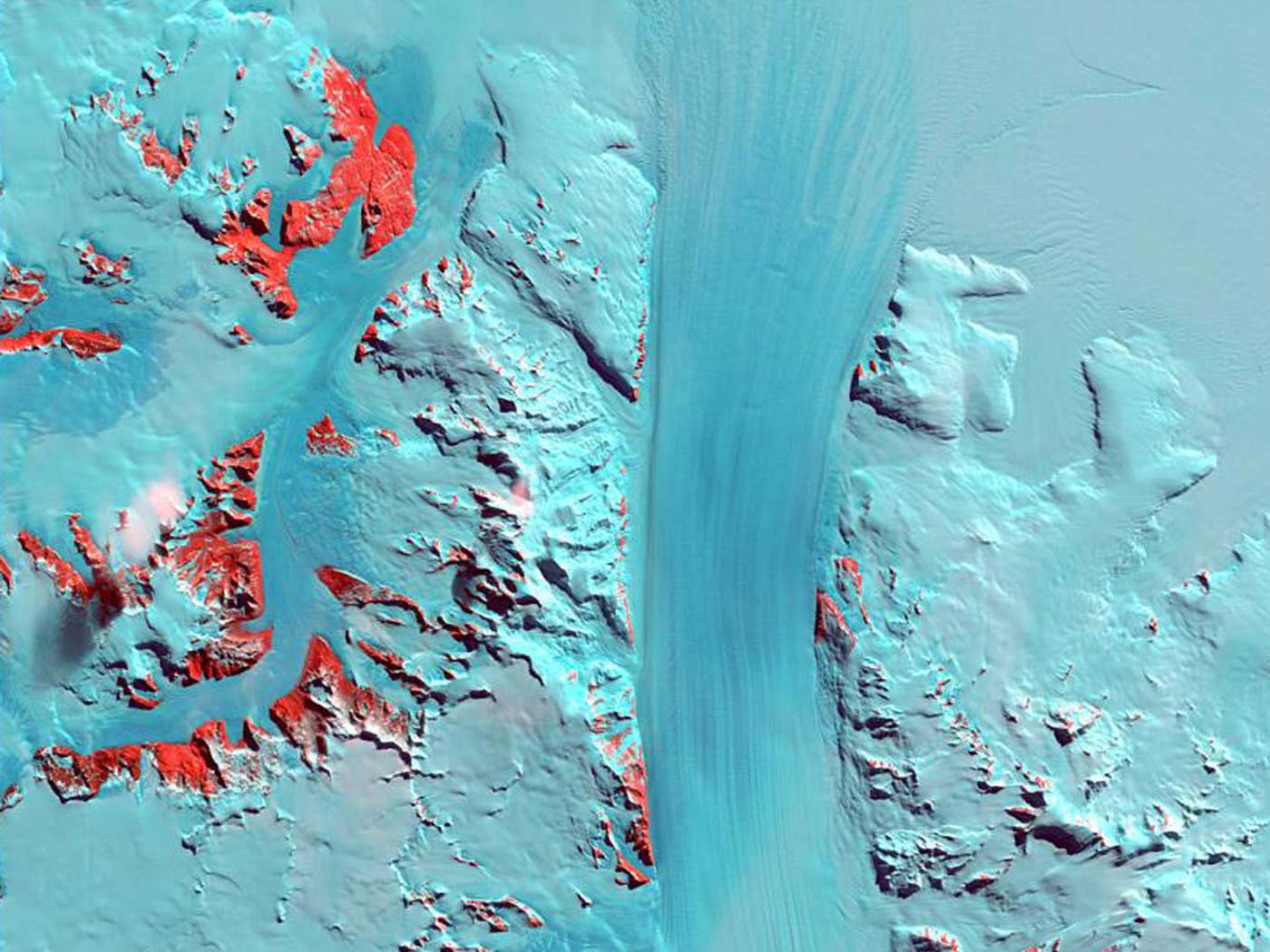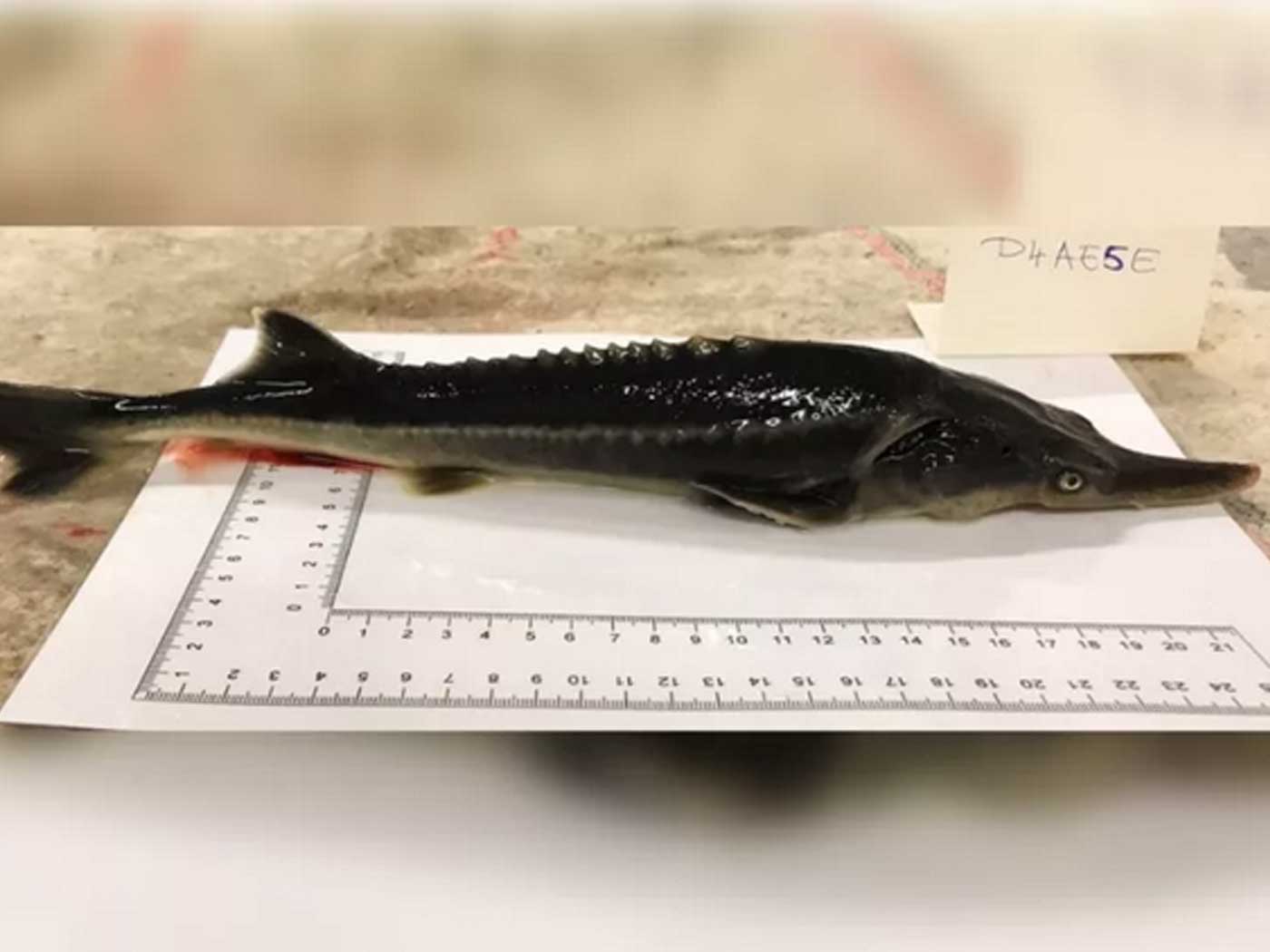A letter to the editor in Nature Geoscience notes that this year marks the 100-year anniversary of Milutin Milankovitch’s (Milanković’s) book explaining how slow changes in Earth’s orbital and astronomical motions could affect its climate.1 This book, entitled Mathematical Theory of Heat Phenomena Produced by Solar Radiation, laid the mathematical groundwork for what would become “one of the most influential scientific theories in climate science,”1 known as the “Milankovitch,” or “astronomical,” theory of climate change.
This theory holds that slow changes in the tilt of Earth’s rotational axis and in the shape of its orbit cause changes in the seasonal and latitudinal distribution of sunlight, and that these changes in sunlight control the timing of ice ages. Ice ages are said to occur when summer sunlight striking the northern high latitudes becomes weaker, allowing ice sheets to grow. Warmer periods (or interglacials) are said to occur when this high-latitude, northern, summer sunlight is more intense. As noted in the Nature Geoscience letter, confirmation for this theory was a long time in coming: “The long-awaited confirmation [of the theory] arrived with James Hays and collaborators7 in 1976, who finally demonstrated that climate fingerprints in ocean sediment records contain the same temporal cycles as Milankovitch’s theory predicted [first footnote in original].”1
The Milankovitch theory has many problems, the most obvious of which is the apparent difficulty of major climate changes being driven by small variations in the way sunlight strikes the Earth. Moreover, original ICR research demonstrated a serious flaw in an iconic paper titled “Pacemaker of the Ice Ages,” which purported to show evidence for the theory.2-5 Summaries of this research are available on our website.6-8
This apparent confirmation of the Milankovitch theory was critically dependent upon an assumed age of 700,000 years for the most recent flip—or reversal—of the Earth’s magnetic field.2,9 This is because the date of this magnetic reversal was used to assign dates for the most recent ice ages, and these dates agreed with Milankovitch expectations. Yet uniformitarian scientists no longer accept this age assignment as valid: Today, they claim this reversal happened 780,000 years ago.10 Given that secular scientists claim the Earth is 4.6 billion years old, a difference of 80,000 years may not sound like much. However, the total timescales in the original paper were all less than 500,000 years, so this change of 80,000 years was large enough to knock the results “out of alignment” with Milankovitch expectations. This is true even if one accepts the vast ages claimed by secular scientists. Additional revisions to the data used in the “Pacemaker” paper made the disagreement even worse!11,12
Uniformitarian climate scientists have, to the best of my knowledge, never publicly acknowledged this problem with the “Pacemaker” paper—either to the larger scientific community or to the general public. However, if one reads “between the lines,” a 1997 paper from Dr. Maureen Raymo appears to be an attempt to quietly “clean up the mess” and to provide an “alternate” justification for the claim that ice ages occur at the “correct” times.13,14
Given the shakiness of the supposed supporting evidence, it is amazing that the Milankovitch theory remains one of the main arguments for catastrophic global warming!15 Partly on the basis of this supposed evidence for “climate change,” some are advocating for draconian environmental policies and regulations. This is a prime example of how erroneous beliefs about the past can have serious consequences in the present.
References
1. Cvijanovic, I, J. Lukovic, and J. D. Begg. 2020. One hundred years of Milanković cycles. Nature Geoscience 13: 524–525.
2. Hays, J. D., J. Imbrie, and N. J. Shackleton. 1976. Variations in the Earth’s Orbit: Pacemaker of the Ice Ages. Science. 194 (4270): 1121–1132.
3. Hebert, J. 2016. Revisiting an Iconic Argument for Milankovitch Climate Forcing: Should the Pacemaker of the Ice Ages” Paper Be Retracted?—Part 1. Answers Research Journal 9 (2016): 25–56.
4. Hebert, J. 2016. Revisiting an Iconic Argument for Milankovitch Climate Forcing: Should the Pacemaker of the Ice Ages” Paper Be Retracted? Part 2. Answers Research Journal 9 (2016): 131–147.
5. Hebert, J. 2016. Revisiting an Iconic Argument for Milankovitch Climate Forcing: Should the Pacemaker of the Ice Ages” Paper Be Retracted? Part 3. Answers Research Journal 9 (2016): 229–255.
6. Hebert, J. 2016. Milankovitch Meltdown: Toppling an Iconic Old-Earth Argument, Part 1. Acts & Facts. 45 (11).
7. Hebert, J. 2016. Milankovitch Meltdown: Toppling an Iconic Old-Earth Argument, Part 2. Acts & Facts. 45 (12).
8. Hebert, J. 2017. Milankovitch Meltdown: Toppling an Iconic Old-Earth Argument, Part 3. Acts & Facts. 46 (1).
9. Shackleton, N. J. and N. D. Opdyke. 1973. Oxygen Isotope and Palaeomagnetic Stratigraphy of Equatorial Pacific Core V28-238: Oxygen Isotope Temperatures and Ice Volumes on a 105 Year and 106 Year Scale. Quaternary Research. 3 (1): 39–55.
10. Shackleton, N. J., A. Berger, and W. R. Peltier. 1990. An alternative astronomical calibration of the lower Pleistocene timescale based on ODP Site 677. Transactions of the Royal Society of Edinburgh: Earth Sciences. 81 (04): 251–261.
11. Hebert, J. More Problems with Iconic Milankovitch Paper. Creation Science Update. Posted on ICR.org July 13, 2018, accessed September 24, 2020.
12. Hebert, J. 2017. The “Pacemaker of the Ice Ages” Paper Revisited: Closing a Loophole in the Refutation of a Key Argument for Milankovitch Climate Forcing. Creation Research Society Quarterly. 54: 133–148.
13. Raymo, M. E. 1997. The timing of major climate terminations. Paleoceanography and Paleoclimatology. 12 (4): 577–585.
14. See also the discussion in Hebert, J. 2019. The Climate Change Conflict: Keeping Cool Over Global Warming. Dallas, TX: Institute for Creation Research.
15. Hebert, J. 2019. Climate Alarmism and the Age of the Earth. Acts & Facts. 48 (4).
*Dr. Jake Hebert is Research Associate at the Institute for Creation Research and earned his Ph.D. in physics from the University of Texas at Dallas.

Milankovitch Ice Age Theory in the News
The Latest
CREATION PODCAST
Uncovering the Secrets of Earth's Oceans | The Creation Podcast:...
The oceans cover most of our planet's surface. Uniformitarians claim the oceans are nearly 4 billion years old, but the evidence says otherwise.
Host...
A Giant Ichthyosaur: Largest Ever Marine Reptile?
Paleontologists have discovered portions of a giant ichthyosaur’s lower jawbone on Blue Anchor Beach at the southern entrance to the United Kingdom’s...
New Titanosaur Species Discovered in Uruguay and Argentina
The pre-Flood world had some truly massive dinosaurs, and the largest of them were in the group Sauropodomorpha.1 Within this group were...
May 2024 ICR Wallpaper
"Have I not commanded you? Be strong and of good courage; do not be afraid, nor be dismayed, for the LORD your God is with you wherever you...
Was a Key to Photosynthesis Evolution Discovered?
Northern Canadian lakes were the source of recently discovered unique photosynthetic bacteria of the phylum Chloroflexota. After years of culturing,...
CREATION PODCAST
Four Moons That Indicate a Young Universe | The Creation Podcast:...
Earth has one moon, but Jupiter has many! What can we learn from our celestial neighbor's satellites? Do they indicate youth?
Host...
Creation Kids: Seeds and Sprouts
by Renée Dusseau and Susan Windsor*
You're never too young to be a creation scientist and explore our Creator's world. Kids, discover...
APOLOGETICS
Christ’s Creativity in Canyon Critters
Grand Canyon animals display many marvelous traits and behaviors as they live life in that harsh habitat. These canyon creatures succeed thanks to the...
Standing Against False Science
I’m Michael Stamp, and I’m in my 12th year as an editor at the Institute for Creation Research. It’s always an encouragement to see...
Oysters and Pre-Flood Longevity
The oyster species Crassostrea virginica, also known as the eastern oyster, is a prized seafood. Research has demonstrated that a fossil version of...



































